April 15, 2025 | 00:39 GMT +7
April 15, 2025 | 00:39 GMT +7
Hotline: 0913.378.918
April 15, 2025 | 00:39 GMT +7
Hotline: 0913.378.918
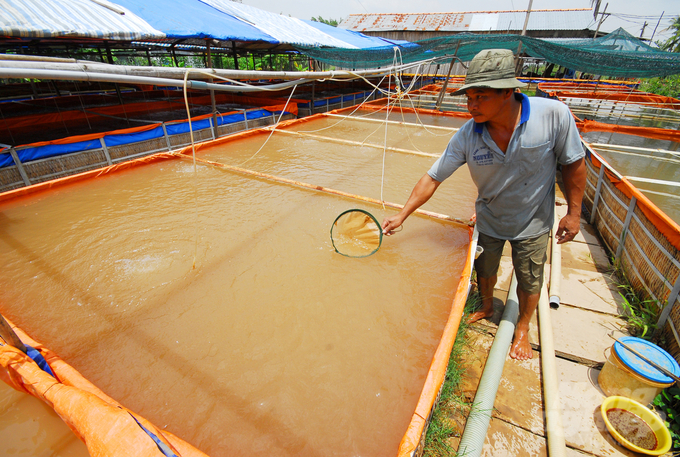
Pangasius seed production in An Giang. Photo: Le Hoang Vu.
An Giang is known as a cradle of producing and processing pangasius for export, the second largest in the Mekong Delta. This locality is oriented by the Ministry of Agriculture and Rural Development to become a high-tech pangasius breeding centre providing high-quality seed in the direction of 3-level linkage. Consequently, step by step, the locality meets the demand for breeding stock, contributing to the regeneration of the industry towards sustainability, towards strict management through linkages.
Up to now, An Giang has built and implemented very successfully the linkage chain of 3-level pangasius seed production to serve high-quality seed in the Mekong Delta region, helping farmers with access to good seed sources. On average, these chains produce over 12 billion pangasius and 1.2 billion pangasius fingerlings with traceability each year. The quality of pangasius inside the chain is evaluated to be better than that of pangasius produced outside the chain due to advantages such as agile operation, larger size, and higher survival rate of 15-day-old nursery fish.
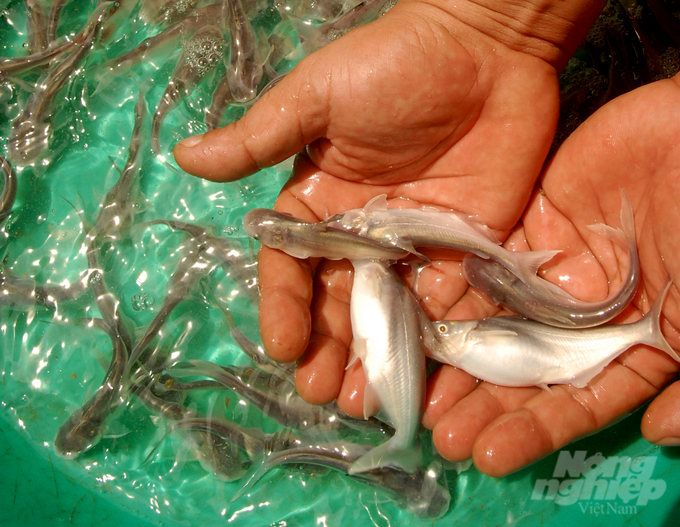
The chain of 3-level pangasius seed production in An Giang, on average, produces 12 billion pangasius fingerlings and 1.2 billion pangasius seeds with traceability each year. Photo: Le Hoang Vu.
Mr Nguyen Si Lam, the Director of An Giang Department of Agriculture and Rural Development, said that from the beginning of 2023 until now, in the whole province, there are 9 pangasius hatcheries with over 41,220 broodstock, of which 12,320 broodstock are of good quality from the Research Institute for Aquaculture No.2 (Institute 2) to supplement and replace the broodstock of pangasius hatcheries.
In An Giang, there are currently 4 businesses investing in concentrated pangasius farming areas in the direction of high technology. They are currently participating in the 3-level pangasius project. These 4 businesses include: Viet Uc Group with 104 ha, Nam Viet Binh Phu Joint Stock Company with 600 ha (150 ha of nursery stock, 450 ha of commercial farming), Loc Kim Chi Aquaculture Development Joint Stock Company with 140 ha and Vinh Hoan Joint Stock Company with 48.3 ha. These projects are in production, contributing to improving the quality of pangasius seed in the coming time.
According to the An Giang Department of Agriculture and Rural Development, the whole province currently has 910 ha of water surface area for raising pangasius fingerlings, which is expected to increase by 70 ha by the end of 2023, bringing the total area up to nearly 1,000 ha for raising pangasius fingerlings. In 2023, Viet Uc Group plans to produce about 100 million breeders, Vinh Hoan Joint Stock Company produced 30 million animals, and Nam Viet and Nam Viet Binh Phu produced 100 million breeds.
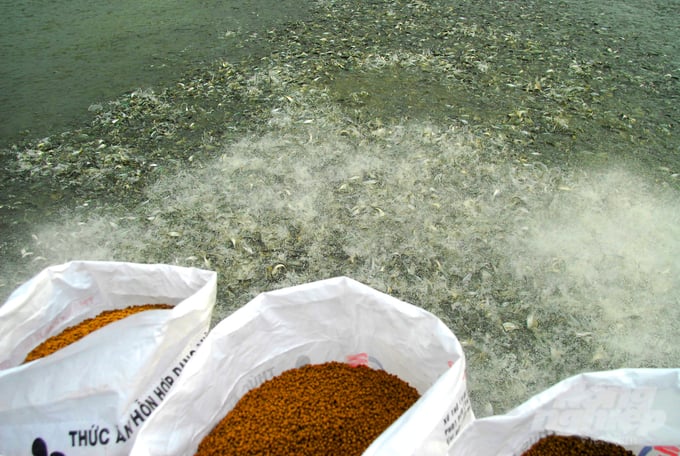
An Giang is a cradle of producing and processing pangasius for export, the second largest in the Mekong Delta. Photo: Le Hoang Vu.
Mr Doan Toi, the General Director of Nam Viet Group, said that the group's hi-tech pangasius farming project has a scale of 600 ha, with a total investment of VND 4,000 billion. The project is divided into 2 zones, including: High-quality 3-level pangasius seed production area with a 150-ha farming area and an investment capital of VND 1,000 billion. High-tech Agricultural Park for commercial catfish farming, with an area of 450 ha and an investment of VND 3,000 billion.
In which, each year, the production area of high-quality 3-level pangasius will produce about 360 million high-quality pangasius seeds to serve the Company's farming areas. The remaining pangasius will be provided to Mekong Delta farmers with healthy, disease-free pangasius breeds, contributing to helping people raise fish with high economic efficiency. For the commercial pangasius farming area, each year, about 200,000 tons of high-quality raw pangasius are produced for processing and export.
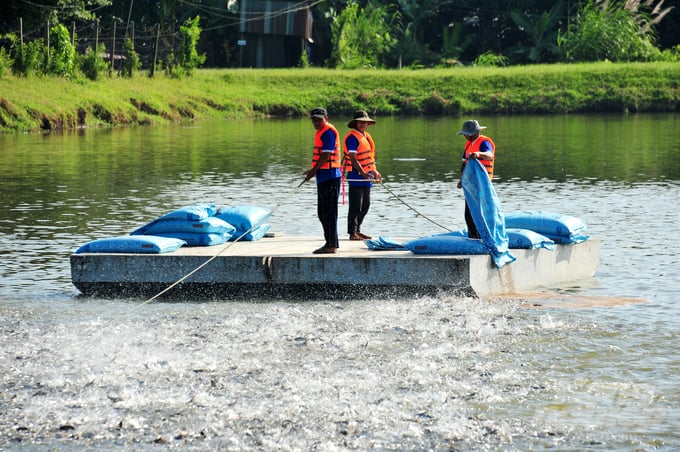
Many large enterprises invest in raising high-quality pangasius fingerlings in An Giang. Photo: Le Hoang Vu.
According to Mr Doan Toi, in addition to producing high-quality 3-level pangasius seed, Nam Viet Group also invests in a commercial pangasius farming area equipped with modern, synchronous and specialized technology at the regional level. One of the goals of the project is to complete the closed and sustainable value chain of enterprises.
Translated by Hoang Duy
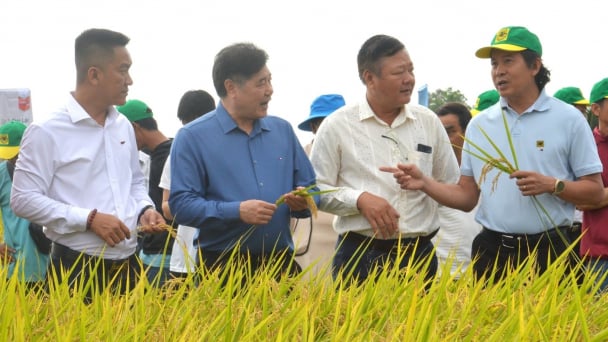
(VAN) The results from pilot fields are catalyzing the expansion of the One million hectares of high-quality, low-emission rice project in Kien Giang.
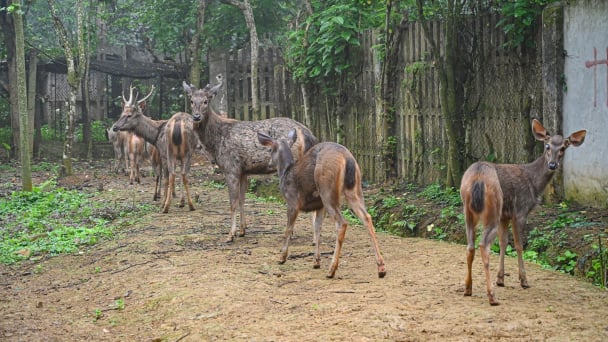
(VAN) On the morning of April 11, Cuc Phuong National Park received 18 individuals of endangered and rare wild animals from Da Nang city.
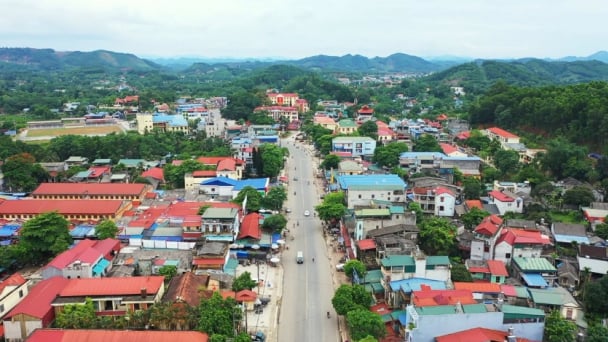
(VAN) FAO supports Vietnam in enhancing survey sampling techniques for the 2025 nationwide agricultural and rural census.

(VAN) By participating in the green transition, manufacturers become an indispensable part of the circular economy, contributing to resource optimization and environmental protection.
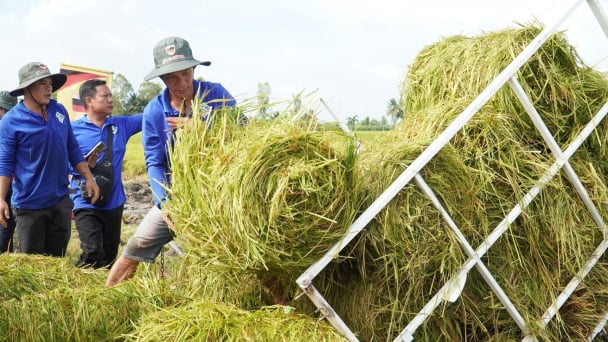
(VAN) The One Million Hectares of High-Quality and Low-Emission Rice Program can generate nearly 14 million tons of straw annually, posing an urgent requirement to diversify straw-based products.
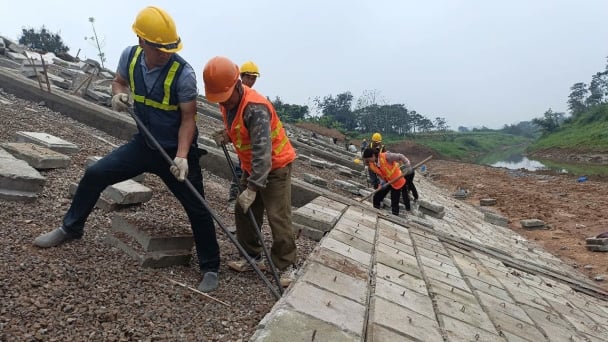
(VAN) This figure was recently announced at a conference held in Yen Bai, focusing on climate-resilient infrastructure development for ethnic minority regions.

(VAN) The evacuation center is a practical work in efforts to respond to natural disasters and adapt to climate change in vulnerable areas.